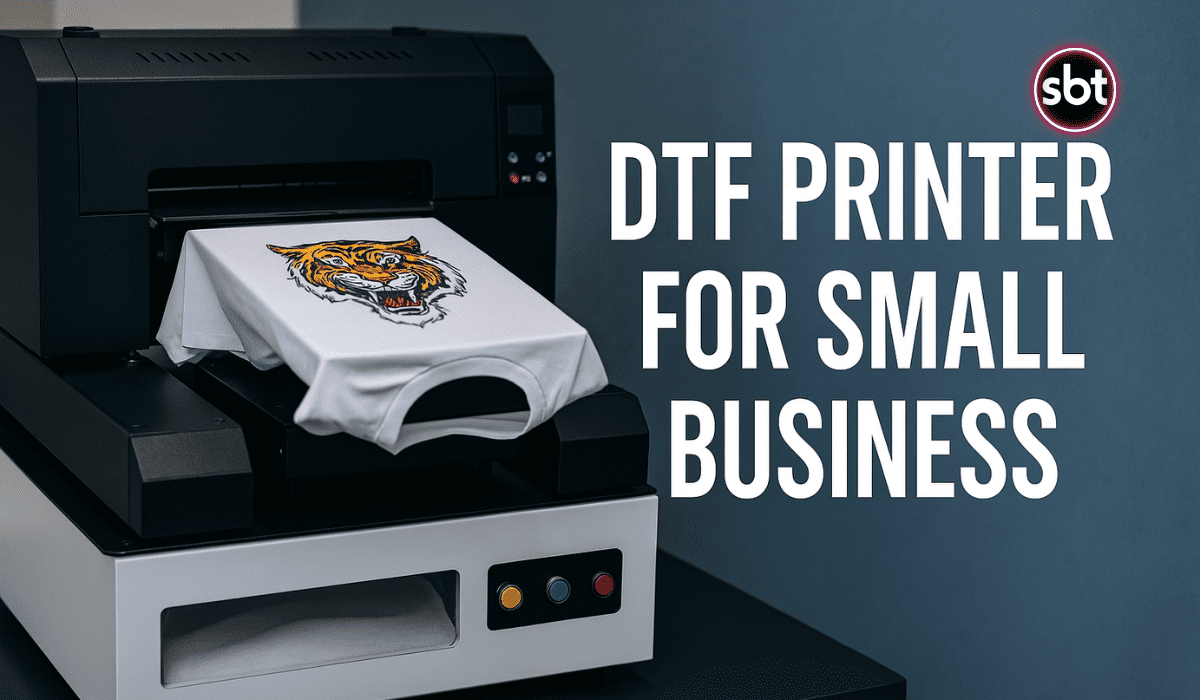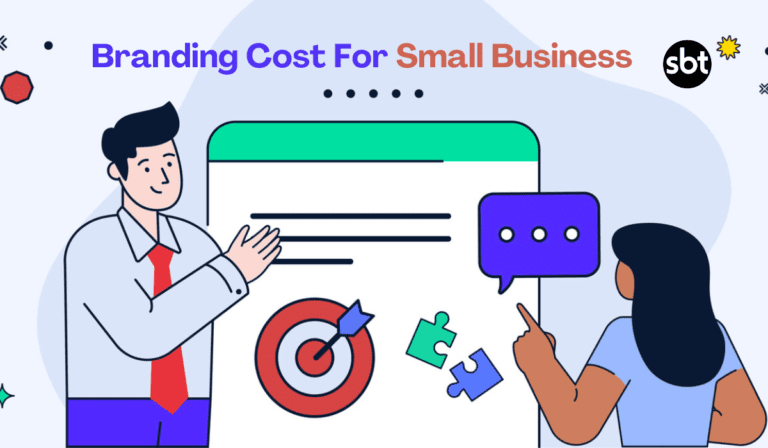How a Small Business Scaled with a DTF Printer | The Ultimate Guide 2025
Running a small business in 2025 isn’t easy. From rising costs to growing competition, every choice you make can impact your success. But sometimes, one tool can make all the difference.
Enter the DTF printer — a game-changer for small businesses in the custom apparel world. Short for Direct-to-Film printing, this technology offers flexibility, low start-up costs, and high-quality results.
Many small business owners have already started reaping the benefits. They’ve gone from local operations to online powerhouses with just one upgrade — switching to DTF printing.
So, how exactly does it work? And more importantly, how can it help your business scale in 2025? This guide walks you through everything you need to know — with stories, tips, and insights from real users.
Let’s dive into the ultimate guide to scaling with DTF printing.
What Is DTF Printing and Why Is It So Popular?
DTF printing is a method where designs are printed onto special films, then transferred to fabric using heat. Unlike traditional screen printing, there’s no need for messy screens or color separations.
The result? Vibrant, long-lasting prints on all kinds of materials — cotton, polyester, nylon, you name it. It’s especially popular for t-shirts, hoodies, and custom merch.
What makes DTF stand out is its affordability and ease of use. You don’t need a huge production setup. Even with a small space and basic tools, you can start printing professionally.
It also supports on-demand printing. That means no more bulk orders or wasted inventory. You only print what you need, when you need it — keeping costs low and profits high.
And let’s not forget the quality. The prints are soft to the touch, stretch-resistant, and don’t crack after washing. For small business owners, that means fewer returns and happier customers.
A Real-Life Example: From Basement to Brand
Meet Sarah. In 2023, she was running a side hustle from her basement — making custom t-shirts with a vinyl cutter. She was spending hours cutting, weeding, and pressing designs one by one.
Sales were okay, but the process was slow and exhausting. She knew she needed something better if she wanted to grow.
Then she discovered DTF printing. After some research and saving up, she bought a basic A3 DTF setup online. It cost her around $3,000 — a big investment, but one she believed in.
Within weeks, her workflow transformed. No more weeding. No more limitations on color or design complexity. She could now fulfill bulk orders with ease.
Her Etsy shop exploded. Customers loved the quality, and her production time was cut in half. By mid-2024, she moved into a small studio and hired her first part-time helper. All thanks to DTF.
The Cost of Getting Started (and Why It’s Worth It)
One of the biggest fears for small businesses is upfront cost. But compared to other printing methods, DTF printing is surprisingly budget-friendly.
Here’s a rough breakdown of what you might spend:
- A3 DTF printer setup: $2,800 – $3,900
- Heat press machine: $300 – $600
- Consumables (film, ink, powder): $200 – $500 per month, depending on volume
You’ll also need design software (many use free tools like Canva or paid ones like Adobe Illustrator) and a decent workspace.
The good news? Most small businesses see a return on investment (ROI) within the first 3-6 months. If you’re charging $20–$30 per shirt and spending around $5–$7 to produce it, your margins can add up fast.
It’s not just about money. It’s about time and control. With DTF, you’re not relying on third-party printers. You control your quality, your schedule, and your creativity.
Marketing Your DTF Business in 2025
So you’ve got the gear — now what? Marketing is where many small businesses struggle. But don’t worry, you don’t need a massive budget to build your brand.
Start with your niche. Are you designing for gamers? Pet lovers? Local schools? The more specific, the better. People love to buy from brands that speak their language.
Next, harness the power of social media. TikTok, Instagram Reels, and YouTube Shorts are perfect for showing off your designs. Show the printing process, behind-the-scenes clips, or customer reactions.
Storytelling is key. Instead of just posting products, share why you started your business. Talk about the challenges, the wins, the lessons. It builds trust.
Don’t forget about email marketing. Collect emails through your website or Etsy shop and send regular updates, promos, or sneak peeks of new designs.
And yes — customer service still matters. Fast replies, friendly support, and thoughtful packaging go a long way in creating loyal fans.
Tech Trends Shaping DTF Printing in 2025
DTF printing isn’t standing still. As we head deeper into 2025, some exciting trends are changing the game.
First, we’re seeing smarter machines. Newer models have auto-cleaning, improved ink flow, and built-in software that reduces errors. They’re easier to use, even for beginners.
Inks are also evolving. Many companies now offer eco-friendly, water-based DTF inks that last longer and are better for the environment. Sustainability is becoming a key selling point.
Some DTF printers now support automatic material detection, which means they adjust settings based on the fabric you’re using. This helps avoid mistakes and improves consistency.
Another game-changer? AI-powered maintenance alerts. Imagine your printer telling you when it needs a tune-up — before something breaks. That’s the kind of smart tech helping small businesses run smoother.
Finally, cloud-based print software is making it easier to manage orders, designs, and schedules from anywhere. Perfect for remote work or multi-location setups.
Common Challenges and How to Overcome Them
Let’s be real — DTF printing isn’t perfect. Like any business, there are bumps along the way.
One big issue? Printhead clogs. These happen when printers sit idle or inks aren’t used properly. But regular maintenance and using quality inks can prevent most problems.
Another challenge is sourcing supplies. If your supplier runs out of film or ink, you’re stuck. That’s why it’s smart to build relationships with multiple vendors and stock up when prices are good.
As your business grows, so does your workload. At some point, you’ll hit a ceiling if you’re doing everything yourself. Consider hiring help or outsourcing basic tasks like packing or customer support.
Quality control can also slip as you scale. To stay consistent, create a checklist or workflow for every order. Print tests, inspect each item, and keep logs.
And finally — burnout is real. Scaling a business is exciting, but it’s also exhausting. Make time for breaks, automate where you can, and don’t be afraid to say no to bad-fit clients.
Where Is DTF Printing Heading Next?
Looking ahead, DTF printing is poised to grow even more. Custom apparel isn’t just a trend — it’s becoming the norm.
Consumers love personalization. They want shirts that reflect their identity, their pets, their humor. And DTF is the perfect tool to deliver that.
We’re also seeing more demand for limited-run collections, merch drops, and micro-brands. Small businesses with niche followings are thriving — and they’re using DTF to keep things agile.
Sustainability is another big shift. Eco-conscious consumers are choosing brands that care. Using recycled packaging, water-based inks, and minimizing waste gives you a competitive edge.
Even schools, sports teams, and local clubs are turning to small DTF shops for their custom gear — bypassing big box printers.
If you’re thinking about starting or scaling a printing business, now is the time. The tools are better. The market is bigger. And the opportunities are everywhere.
Final Thoughts: Is DTF Printing Right for You?
There’s no magic formula for success. But the story of how DTF printing helped small businesses scale is proof that one smart move can change everything.
If you value creative freedom, fast turnaround times, and the ability to grow at your own pace — DTF might just be your golden ticket.
It’s not risk-free. You’ll face technical hiccups, supply issues, and long nights. But with the right mindset and tools, you can build something powerful — maybe even life-changing.
So ask yourself: What’s stopping you? Could a DTF printer be the next step in your business journey?
Because for many, it already has been.
And you could be next.







